 In the late Seventeenth Century the Jacobites took up the White Rose of York as their emblem, celebrating "White Rose Day" on 10 June, the anniversary of the birth of James III and VIII in 1688.
In the late Seventeenth Century the Jacobites took up the White Rose of York as their emblem, celebrating "White Rose Day" on 10 June, the anniversary of the birth of James III and VIII in 1688.Traditionally the origins of the emblem are said to go back to Edmund of Langley in the 14th century, the first Duke of York and the founder of the House of York as a Cadet branch of the then ruling House of Plantagenet.
The actual symbolism behind the rose has religious connotations as it represents the Virgin Mary, who was often called the Mystical Rose of Heaven. The Yorkist rose is white in colour, because in Christian liturgical symbolism, white is the symbol of light, typifing innocence and purity, joy and glory.
During the civil wars of the 15th century, the White Rose was the symbol of Yorkist forces opposed to the rival House of Lancaster, whose symbol was the Red Rose of Lancaster. The opposition of the two roses gave the wars their name: the Wars of the Roses.
The conflict was ended by King Henry VII of England, who symbolically united the White and Red Roses to create the Tudor Rose, symbol of the Tudor dynasty.
Today is also, fittingly, the Feast Day of St Margaret, Queen of Scotland.
 St Margaret, Queen of Scotland, watches as her husband, King Malcolm Canmore kisses her books of religion out of respect for her virtue and learning
St Margaret, Queen of Scotland, watches as her husband, King Malcolm Canmore kisses her books of religion out of respect for her virtue and learningBorn a Saxon circa 1046 (d. November 16, 1093) and raised in Hungary, Margaret was daughter of the English prince Edward the Exile or 'Edward Outremer', and granddaughter of King Edmund Ironside of England.
She was great-niece of Saint Stephen of Hungary. When her uncle, King Edward the Confessor, died in 1066, she was living in England where her brother, Edgar Ætheling, had decided to make a claim to the vacant throne.
After the conquest of England by the Normans, the widowed Agatha decided to leave Northumberland with her children and return to the Continent, but a storm drove their ship to Scotland where her daughter, the beautiful and learned Margaret married Malcolm Canmore (King Malcolm III of Scotland – son of “the gracious Duncan”, whom Shakespeare's Macbeth murdered in his own castle).
Legend has it that, although he could not read, he would turn the leaves of her books, and kiss those which she liked best. He gave her jewel-encrusted books as presents, one of which, a book of the Gospels, richly adorned with jewels, one day dropped into a river and was according to legend miraculously recovered, and is now in the Bodleian library at Oxford.
St Margaret helped the church in Scotland and was noted for her piety and learning. She founded Dunfermline Abbey as the new burial place for Scottish kings; it was also built to enshrine her greatest treasure, a relic of the True Cross.
It is customary for Jacobites to wear the White Rose on this day in memory of the Jacobite cause, the cause of legitimate, historic, just, Christian government under the ancient Stuart dynasty, illegally ousted by treachery, revolution and a Dutch invasion.
 James Stuart, de jure King James III and VIII of England, Scotland, Ireland and France, kept out of his throne after the treacherous Whig revolution and Dutch invasion that illegally cast his father, King James II, from the throne.
James Stuart, de jure King James III and VIII of England, Scotland, Ireland and France, kept out of his throne after the treacherous Whig revolution and Dutch invasion that illegally cast his father, King James II, from the throne.Prince James, the true King, was offered the throne by the revolutionary Protestants if he would abjure the Roman Catholic religion and embrace Anglicanism. "Sir", the true King replied boldly, "Nothing would induce me to abandon my religion for it is the true one".
Let his cause for sainthood be introduced!




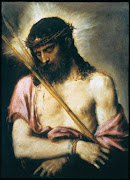



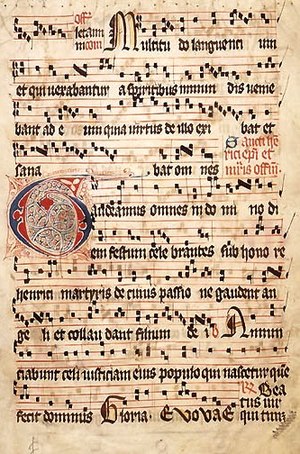

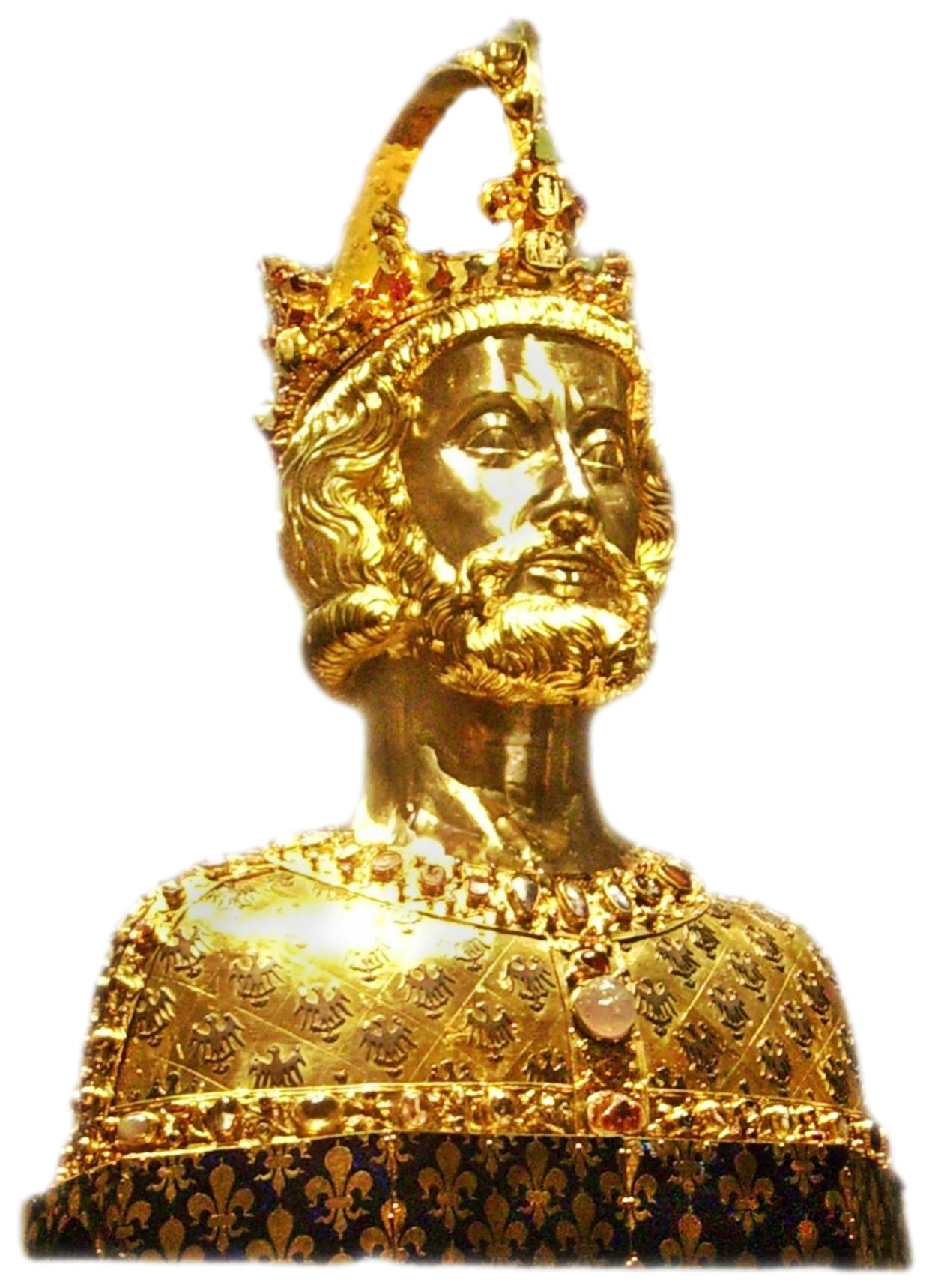



.jpg)





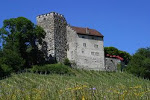


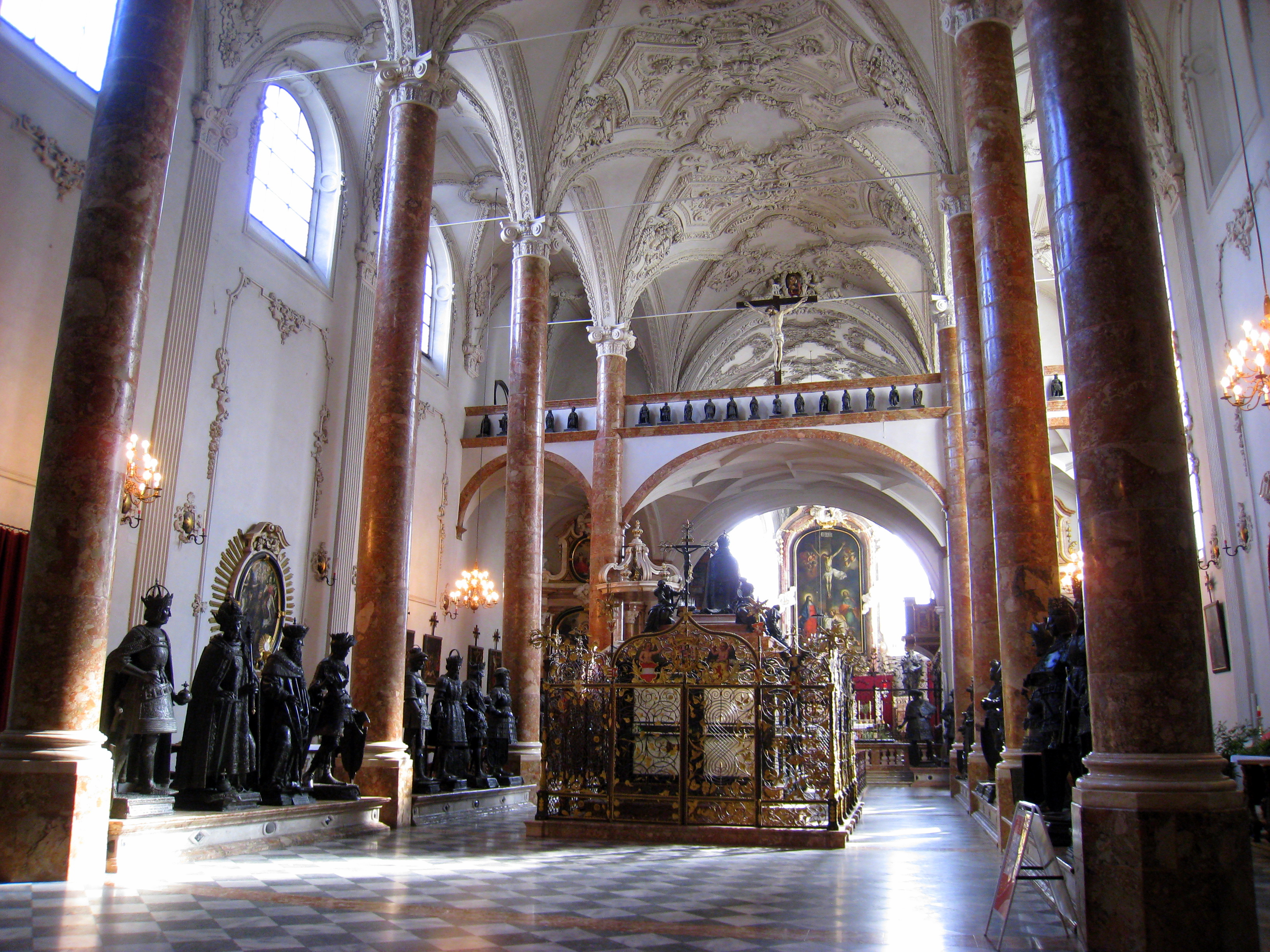


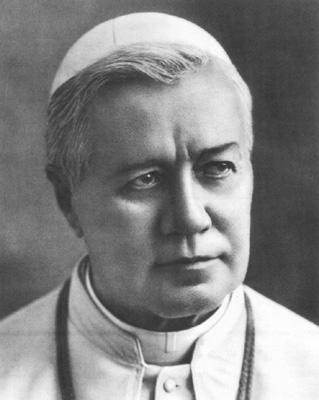










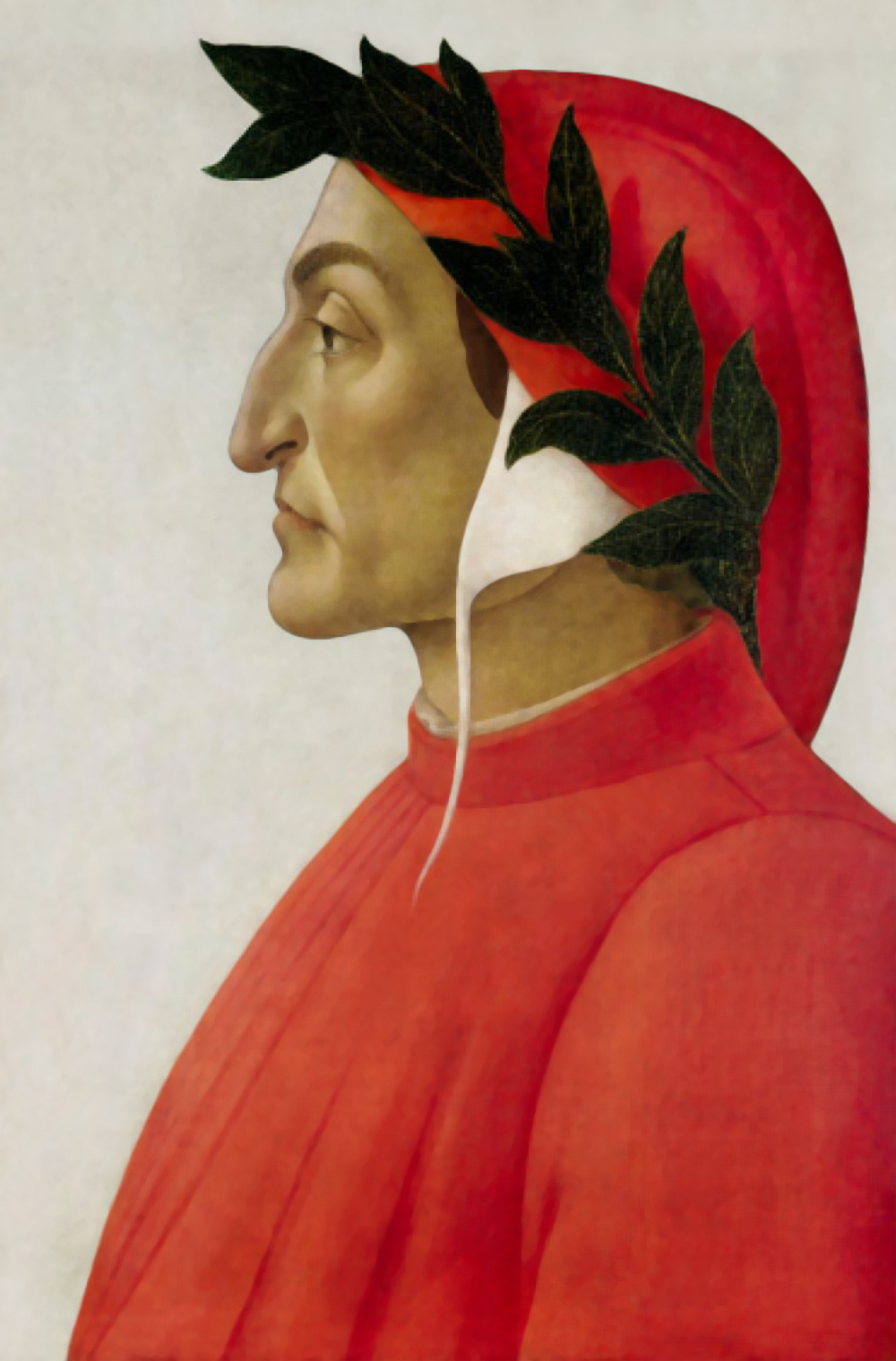



_-002.jpg/220px-Circle_of_Anton_Raphael_Mengs,_Henry_Benedict_Maria_Clement_Stuart,_Cardinal_York_(ca_1750)_-002.jpg)


